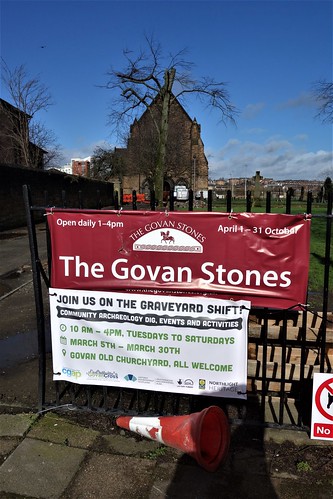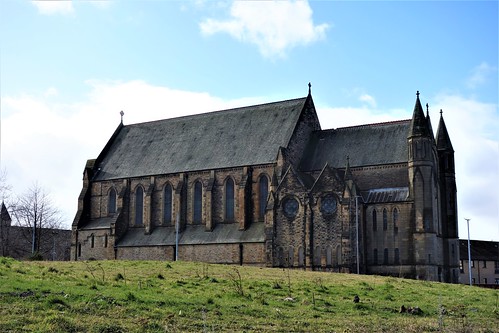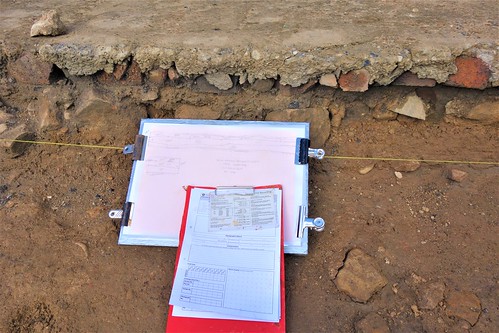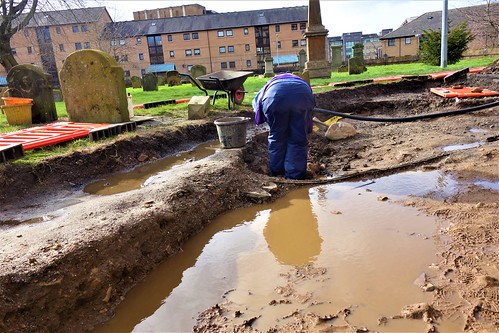Archaeology at Govan Old Church
Today, I attended an archaeological excavation, as a volunteer, at Govan Old Church burial ground which is three miles west of Glasgow in S.W. Scotland.
Govan Old Church
My blog of March 11th reported on this historic site which dates back about 1500 years and for which reason has been assigned the highest ranked 'Category A' status which is reserved for sites/buildings of national or international importance, either architectural or historic. On these sites archaeological investigations are closely regulated and controlled by the relevant government authority.
The work at Govan Old Church is connected with a 're-vamp' of the town centre infrastructure and facilities and will continue to end of March. I may well return (as a volunteer) later in the month.
The authorisation for the archaeology at Govan restricts excavations to a maximum depth of 60 cm/24 inches which, in context of the antiquity of this site, literally just scratches the surface.
My involvement today exposed me to the forensic nature of professional excavation entailing micro detailed recording and analysis of an exposed cross-section. Archaeology is far more than hunting for treasure and artifacts. In this case one of the objectives is to get a better understanding of the evolution of the site and related ground works.
My working papers
Site conditions
Conditions were challenging due to a strong, biting westerly wind which at one stage blew all my working papers around the site. However, fortunately rain held off. On the plus side, as we were about to leave for the day a magnificent rainbow appeared thus affording a good photo opportunity.
Rainbow over Glasgow (from Govan)
The only finds expected at the depth permitted were remains of burials but none were found. Circumstances may change when a new section of the site is opened up later in the month.
Archaeology in process. (The red barricades were blown down by the strong winds.)
Here is a very ancient and heavily weathered grave marker at Govan which seems to be without an inscription. On the reverse side is the date 1771 but this appears to indicate the stone was reused as the design on the side illustrated may date from the 17th century or earlier.








Comments
Post a Comment